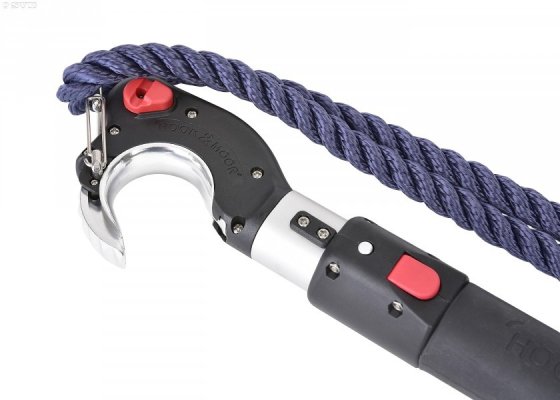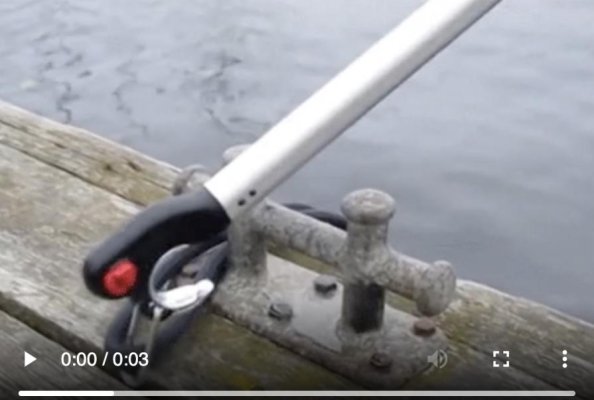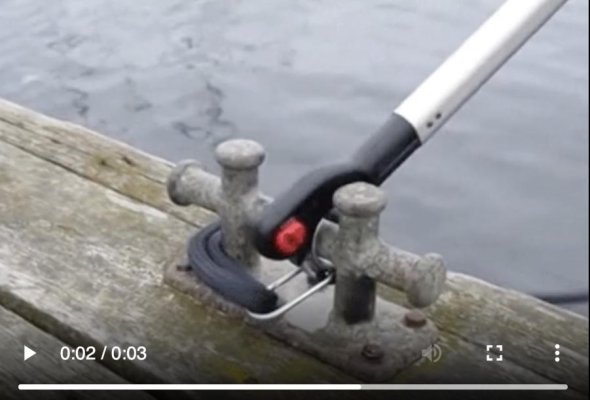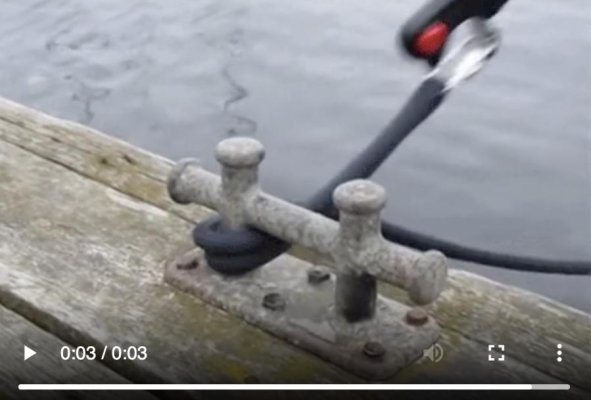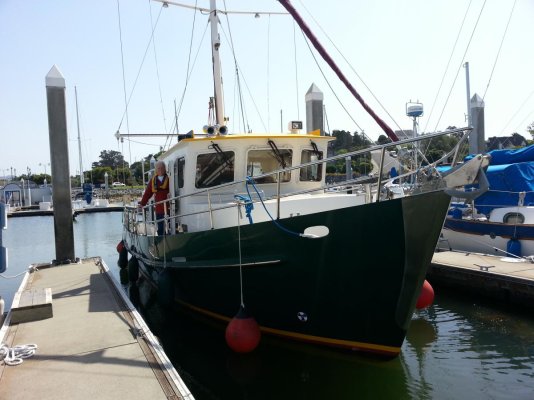That's all well and good for most of you - any suggestions for those of us who aren't fortunate enough to have a "crew"? I'm usually out there by myself, and on all but the nicest of days, returning to the dock can give you back all of the stress that a peaceful day on the water has taken away.
1. Concentrate on stern and spring lines, bow lines can wait until the battle is won. Have them pretied, and flaked or coiled in the manner that you'll need to have them immediately available.
2. Sometimes you just have to accept contact, particularly with pilings that you must move between to reach the slip. Using them to your advantage by making that maneuver part of the plan from the start, "levering" your boat around them - without doing damage - may be the best any captain can do in wind or current. Don't let the piling or dock corner rip a fender off. Having a usable rub rail on your baby works better of course since you won't have help from someone walking a fender. I admit that using an actual spring line technique as you do this is much harder when single handing.
3. Using your engine idling in gear to hold the vessel against a line and the dock or piling with the wheel turned hard over in breeze or current is, for me, SOP, as I work to secure additional lines. Use caution of course. Never overestimate the strength of the cleating on either end of the line

which basically means don't be tempted to goose any more RPM over idle speed for this.
4. Knowledge of the boat's pivot point, and using propwalk, and the big mo' (momentum) is to your advantage.
Apologies if I undershot the mark here. I've certainly found myself pinned against a piling trying to get over the other direction to the dock finger, and deciding that tossing a loop six or eight or ten feet over a cleat or opposite piling and doing a little hauling was more palatable then moving out and trying again. Of course that was in a size vessel that could be hauled up into the wind. Gosh having twins while singlehanding is so much nicer, but a single just requires someone smarter than the average cat lol.

